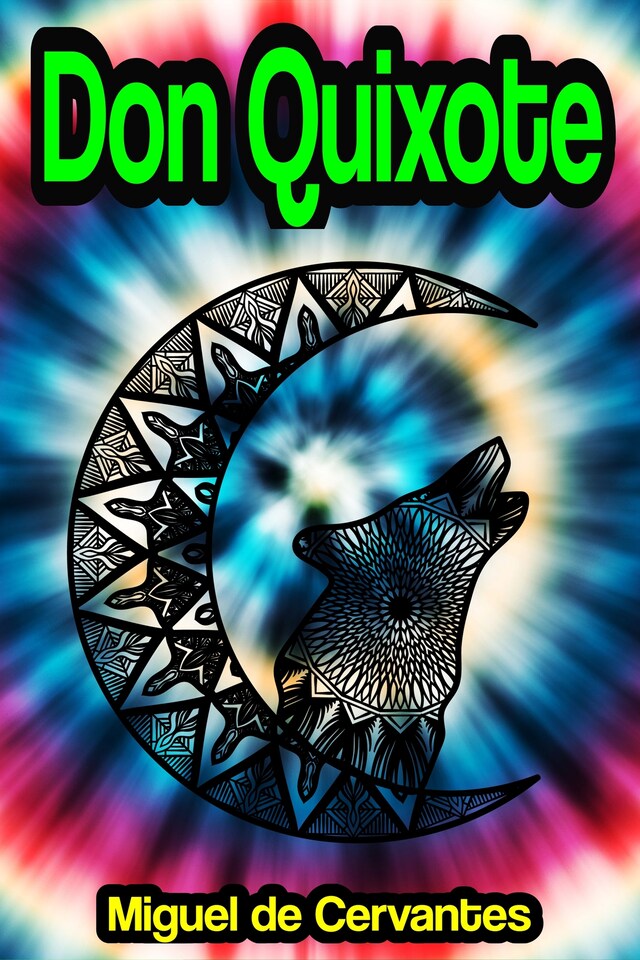
Don Quixote
Description of book
Don Quixote by Miguel de Cervantes Don Quixote (/ˌdɒn kiːˈhoʊti/, also US: /-teɪ/)[1] is a Spanish epic novel by Miguel de Cervantes.
Originally published in two parts, in 1605 and 1615, its full title is The Ingenious Gentleman Don Quixote of La Mancha or, in Spanish, El ingenioso hidalgo (or caballero, in Part 2) don Quijote de la Mancha.[a]
A founding work of Western literature, it is often labeled as the first modern novel and one of the greatest ever written. Don Quixote is also one of the most-translated books in the world.
The plot revolves around the adventures of a member of the lowest nobility, an hidalgo ("Son of Something") from La Mancha named Alonso Quijano, who reads so many chivalric romances that he either loses or pretends to have lost his mind in order to become a knight-errant (caballero errante) to revive chivalry and serve his nation, under the name Don Quixote de la Mancha.
He recruits a simple farmer, Sancho Panza, as his squire, who often employs a unique, earthy wit in dealing with Don Quixote's rhetorical monologues on knighthood, already considered old-fashioned at the time, and representing the most vivid realism in contrast to his master's idealism. In the first part of the book, Don Quixote does not see the world for what it is and prefers to imagine that he is living out a knightly story.
The book had a major influence on the literary community, as evidenced by direct references in Alexandre Dumas' The Three Musketeers (1844), Mark Twain's Adventures of Huckleberry Finn (1884), and Edmond Rostand's Cyrano de Bergerac (1897), as well as the word quixotic and the epithet Lothario; the latter refers to a character in "El curioso impertinente" ("The Impertinently Curious Man"), an intercalated story that appears in Part One, chapters 33–35.
 Miguel de Cervantes
Miguel de Cervantes 2,408 Pages
2,408 Pages